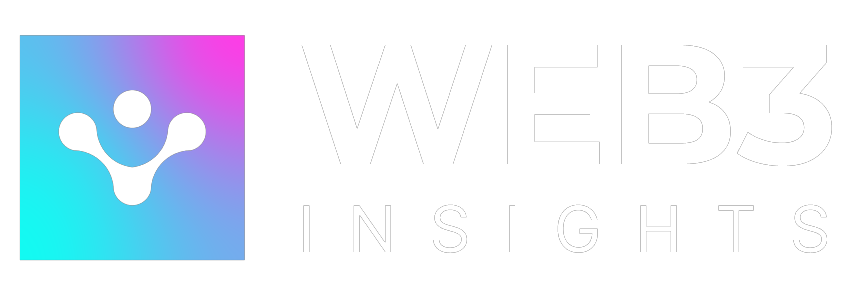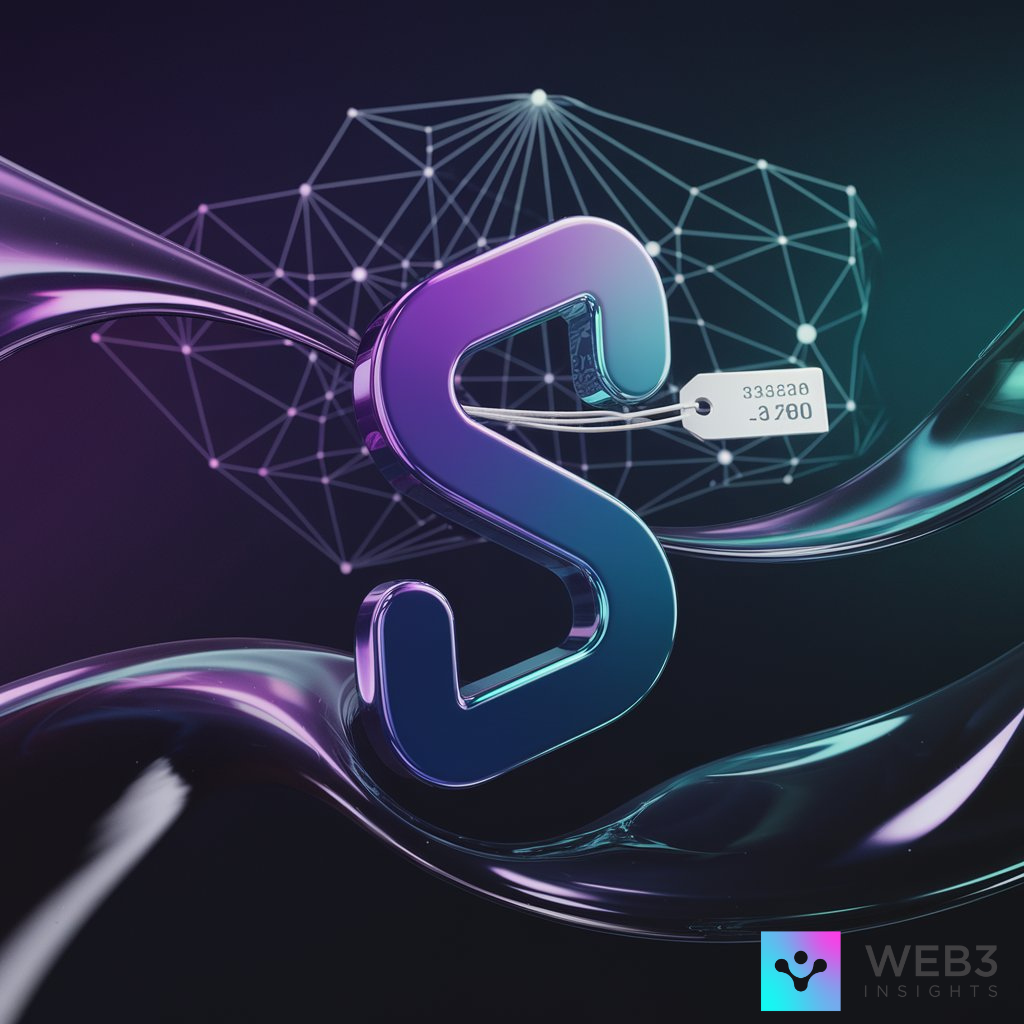Imagine sending money or swapping tokens on a blockchain and paying just a fraction of a cent in transaction fees. Meanwhile, Ethereum users are watching their gas fees swing between $5 and $50 per transaction. Sounds like a dream, right? Well, that’s the reality of using Solana.
Solana has positioned itself as one of the most cost-effective blockchains, making it an ideal choice for traders, developers, and NFT enthusiasts. But why exactly are its fees so low? And can they stay this way forever? In this deep dive, we will explore the mechanics behind Solana’s ultra-low transaction costs, how they compare to other blockchains, and whether these fees can remain as affordable in the long run.
How Cheap Are Solana Fees? A Quick Comparison
To put things into perspective, let’s compare Solana’s fees with some of its biggest competitors.
On Solana, the average transaction fee is around $0.00025. That means you could make thousands of transactions before even spending a single cent. In contrast, Ethereum fees fluctuate depending on network congestion, often ranging between $5 and $50 per transaction. At peak demand, these fees can soar even higher, sometimes reaching over $100 per transaction.
Other blockchains, such as Binance Smart Chain (BSC) and Avalanche, also offer lower fees compared to Ethereum, but they are still significantly higher than Solana. For instance, Binance Smart Chain typically charges around $0.10 per transaction, while Avalanche fees hover around $0.20 per transaction.
These figures highlight just how inexpensive it is to transact on Solana. Whether you’re trading on a decentralized exchange (DEX), minting NFTs, or sending tokens, you’re spending a fraction of what it costs on Ethereum, making it an attractive option for everyday users and developers alike.
The Secret Behind Solana’s Low Fees
So, what makes Solana’s fees so cheap? The answer lies in its innovative technology, particularly Proof-of-History (PoH) and Parallel Processing.
1. Proof-of-History: The Built-in Cryptographic Clock
Most blockchains require miners or validators to agree on the order of transactions before they are confirmed. This process takes time and increases transaction costs, as miners or validators prioritize transactions with higher fees.
Solana, however, uses Proof-of-History (PoH); a unique system where timestamps are pre-determined and cryptographically verified before transactions are processed. This eliminates the need for validators to waste time agreeing on the order of events. Instead of waiting for network consensus, transactions are already time-stamped, allowing the network to process them much faster and more efficiently.
This is one of the primary reasons why Solana is capable of processing over 65,000 transactions per second (TPS) while keeping costs extremely low. By removing the bottleneck of timestamp verification, Solana achieves incredible throughput without requiring users to pay high fees for priority transactions.
2. Parallel Processing: Thousands of Transactions at Once
Ethereum operates on a sequential execution model, meaning transactions are processed one by one in a linear manner. This creates congestion during high-traffic periods, as transactions pile up in a queue, forcing users to pay higher gas fees to get their transactions confirmed faster.
Solana, on the other hand, utilizes a parallel processing system that allows thousands of transactions to be executed simultaneously. This is achieved through its Sealevel runtime, which enables smart contracts to run in parallel, rather than sequentially. As a result, Solana can handle significantly more transactions at any given time, preventing network congestion and keeping fees consistently low.
Can Solana Keep Fees This Low Forever?
The big question: is this sustainable? The short answer is yes, but with some caveats.
One of the main reasons why Solana can maintain low fees is that its validators are not reliant on transaction fees for revenue. Unlike Ethereum, where validators and miners earn gas fees as part of their rewards, Solana validators are compensated primarily through network emissions. This means that even if transaction fees remain low, validators are still incentivized to maintain the network.
Another reason is Solana’s scalability measures. The network continues to evolve, introducing optimizations to prevent congestion and ensure smooth operations. For example, during high-traffic periods, Solana has implemented priority fees, where users who want faster confirmations can pay slightly more. However, even with priority fees, the cost remains significantly lower than Ethereum or other high-fee blockchains.
That being said, as Solana adoption grows, there could be potential risks. If network demand continues to surge beyond expectations, fees may increase slightly to prevent spam and ensure stability. However, given Solana’s design, any increase in fees would still be minimal compared to competitors.
The Hidden Costs of Low Fees
While Solana’s low fees are a major advantage, there are some trade-offs that come with it.
One of the biggest concerns is spam transactions. Because transactions are so cheap, it is easier for bots to flood the network with spam activity. This was seen in the past when bot attacks caused network congestion, temporarily slowing down Solana’s performance. To counter this, Solana has been working on solutions like priority fees and better spam filtering mechanisms.
Another factor to consider is validator costs. Running a Solana validator requires high-performance hardware, which can be expensive. Unlike Ethereum, where validators can run nodes with relatively modest hardware, Solana validators need powerful machines to handle the network’s speed and throughput. Over time, this could lead to concerns about centralization, as only well-funded entities may be able to operate validators efficiently.
Lastly, while network congestion risks are currently minimal, as Solana continues to grow, the team must ensure that the blockchain remains scalable. While Solana’s technology is designed to handle high transaction volumes, unexpected surges in activity could test its limits and require further optimizations.
Conclusion
If you’re a trader, you get to swap tokens with minimal fees, making Solana one of the best blockchains for active trading. Unlike Ethereum, where high gas fees can eat into profits, Solana allows you to make multiple trades without worrying about costs.
If you’re an NFT enthusiast, Solana offers a far cheaper and more efficient alternative to Ethereum-based NFTs. Minting, buying, and selling NFTs on Solana is incredibly cost-effective, making it easier for new users to enter the space without breaking the bank.
If you’re a developer, building on Solana means your users won’t be burdened with high transaction costs. Whether you’re launching a DeFi protocol, an NFT marketplace, or a gaming application, Solana’s low fees ensure that your platform remains accessible to a broader audience.
As blockchain adoption grows, transaction fees will remain a key factor in determining which networks thrive. Solana’s low-fee structure gives it a major edge, making it a powerful contender in the future of Web3.









